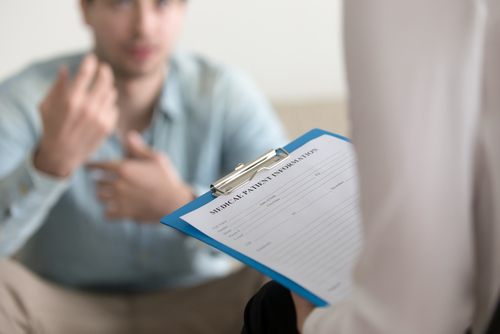Blog

Signs Of Seasonal Affective Disorder In Seniors
August 17, 2021 0 Comment Category: Betenu Health
Senior Care
If you are caring for a senior loved one, have you noticed your loved one sleeping late in winter? If your senior loved one experiences winter blues, he/she might be suffering from Seasonal Affective Disorder (SAD). Mostly, the symptoms of SAD begin in the fall season as people are exposed to less sunlight as days become shorter. The symptoms start to improve from April as the Daylight Savings Time returns.
Experts in assisted living and senior care facilities share the details of seasonal affective disorder and taking care of SAD in seniors.
Symptoms And Causes Of SAD
There can be many symptoms of seasonal affective disorder and some of the most common ones are sleeping too much, feeling anxious and sad, low energy levels, avoiding previously enjoyed activities, weight gain, increased hunger, and craving for high carb foods. There are no specific causes of SAD, but a few factors can increase the risk.
One factor is the area of living of the senior person. The changes in hours of light can disturb the Circadian Rhythm. As per the experts in senior care, people living in the northern states where the winters are long, forcing them to spend more time inside due to cold and snow are at increased risk of SAD when compared to people like in sunny states.
The weather conditions in the northern states can also lead to a decrease in daily exercise leading to a decrease in serotonin levels. Physical exercise can boost the levels of serotonin and thereby improve the mood of the person. Women are more prone to SAD. However, when men are affected, it can lead to more severe depression.
Treatment Of SAD
Usually, light therapy is used to treat SAD and there are two types of light therapy. The first one is “Light Box”, in which a special light is used daily to treat the problem. In this therapy, your senior loved one will be made to sit about 2 to 3 feet away from the lightbox for about half an hour. The light should be used first thing in the morning and the person should start using the lightbox before the occurrence of the symptoms.
The second therapy is “Dawn Stimulation” in which light goes on in the bedroom of the senior every morning. Initially, the light will be soft and will become increasingly bright to mimic the sunrise.
If you feel that your senior loved one is suffering from SAD, you should discuss the same with the healthcare provider of the person to ensure proper diagnosis and treatment.

leave A comment